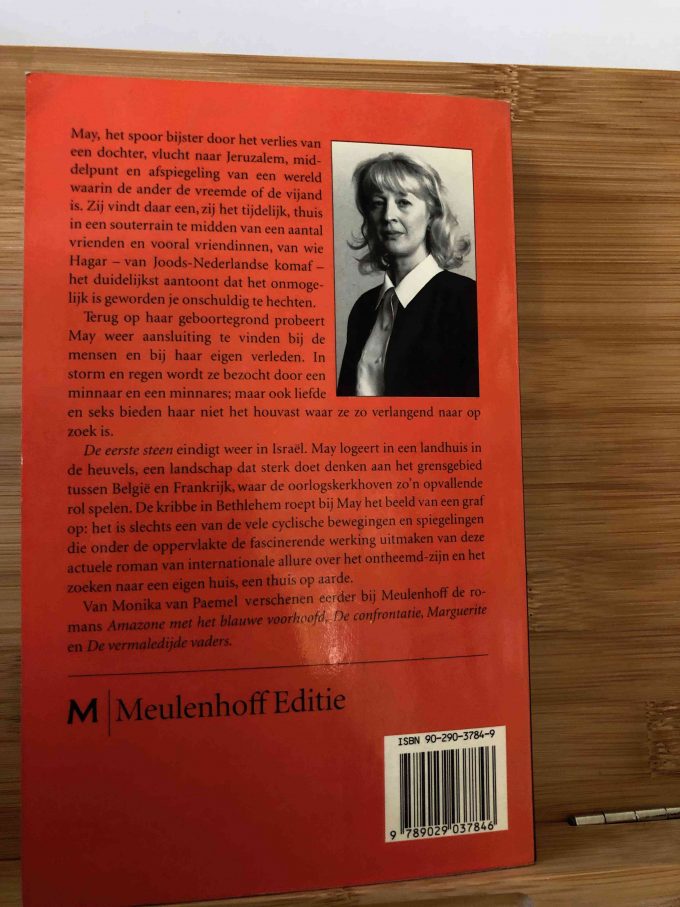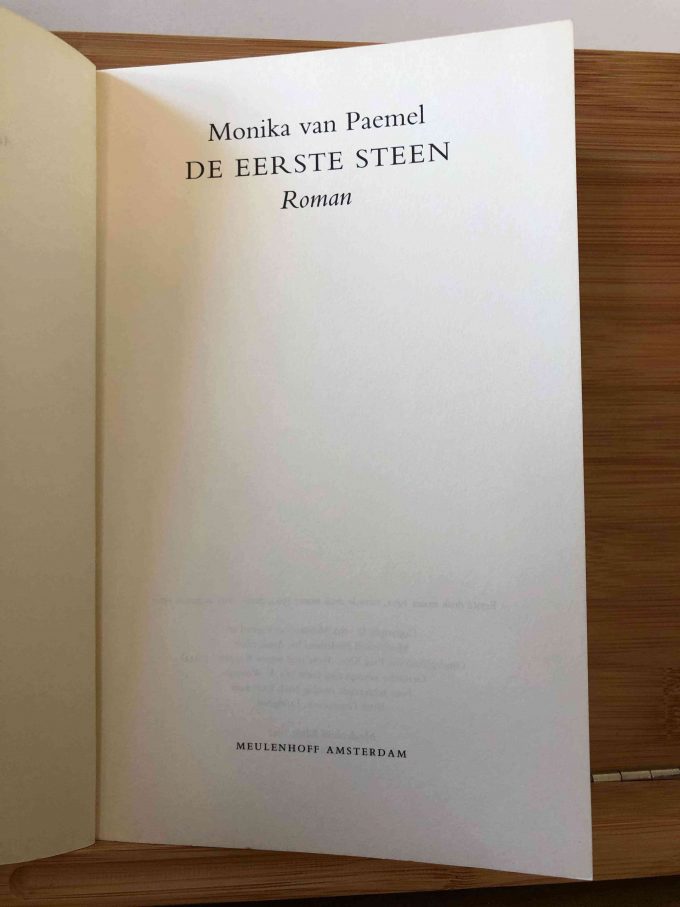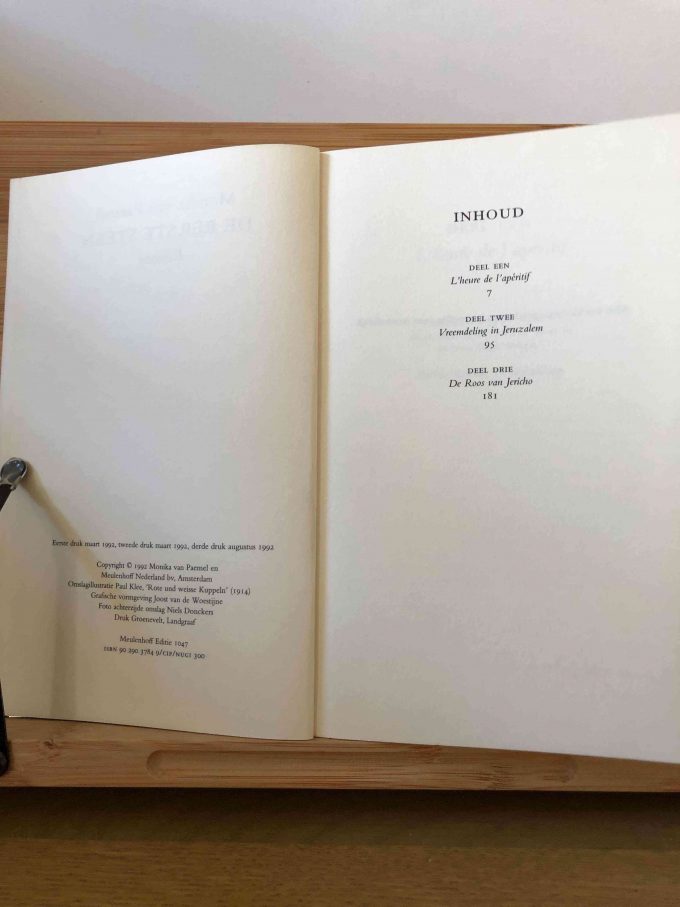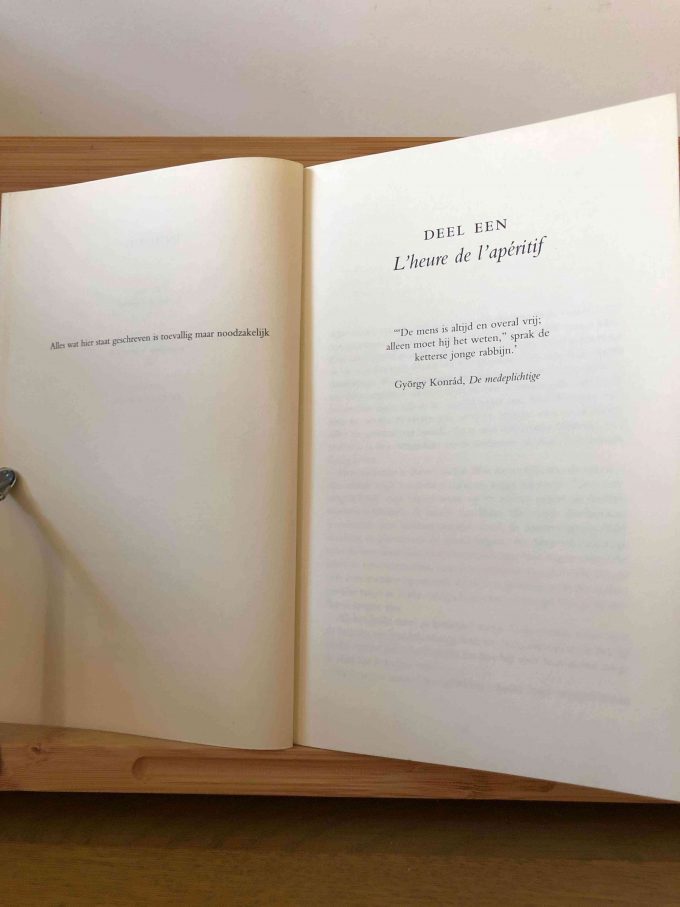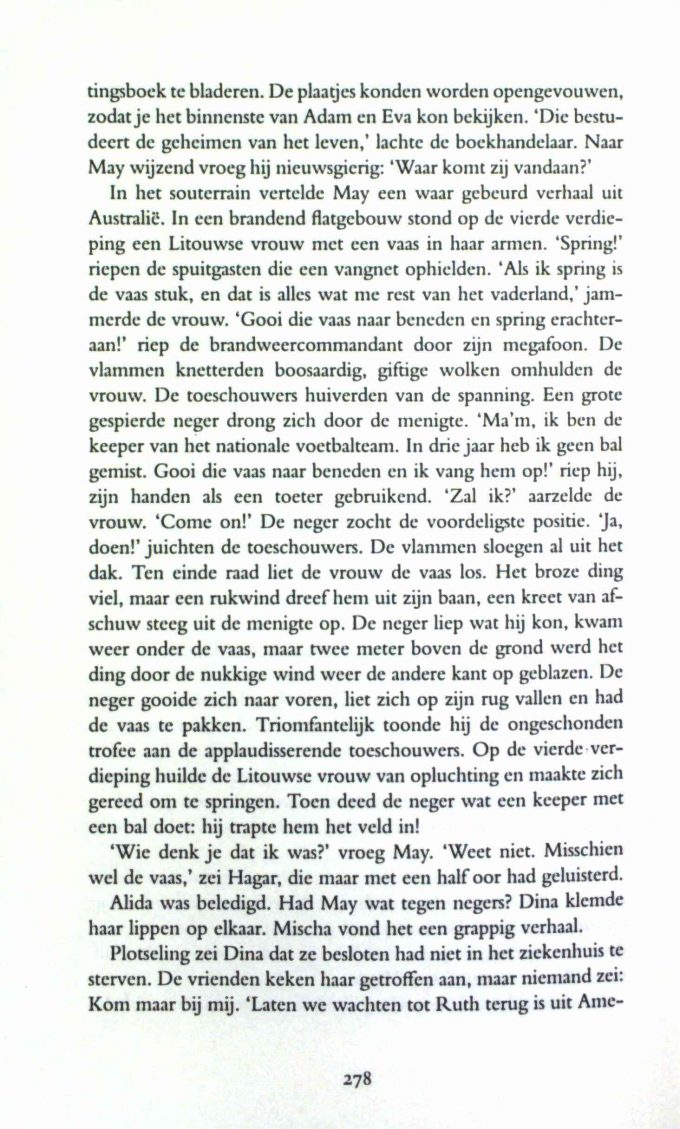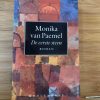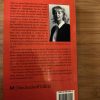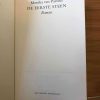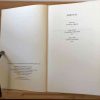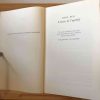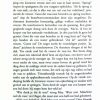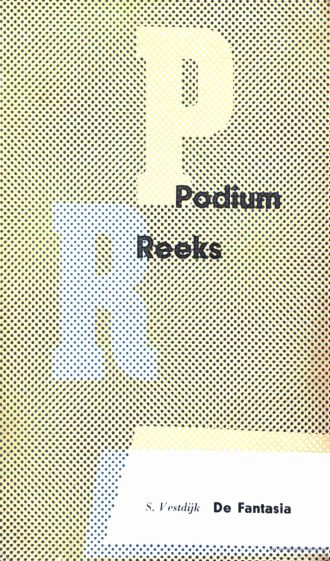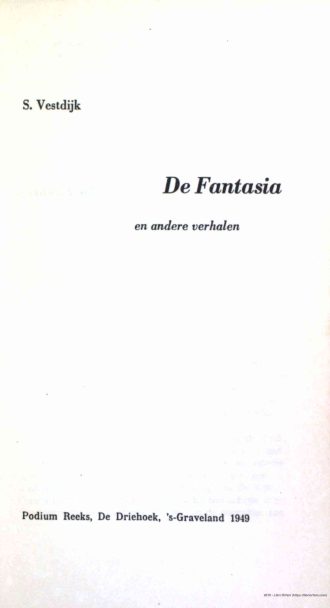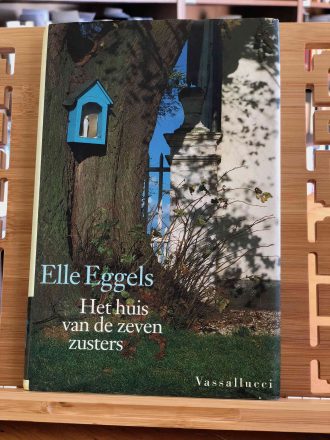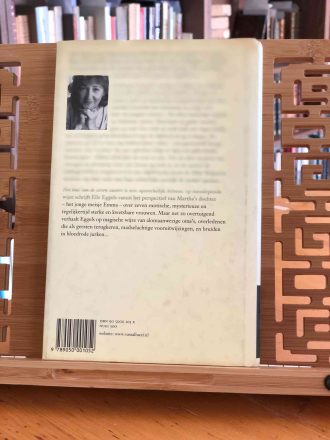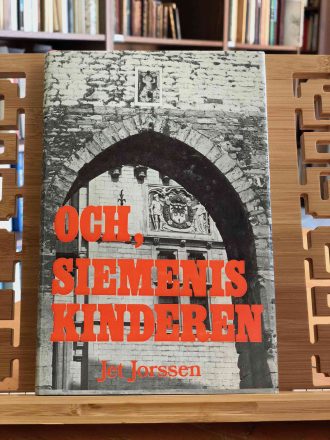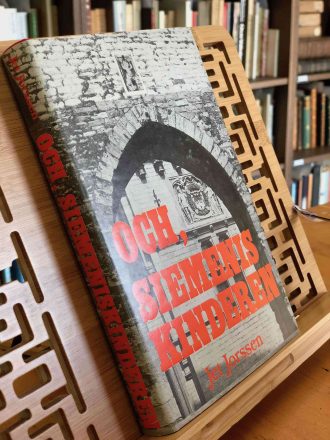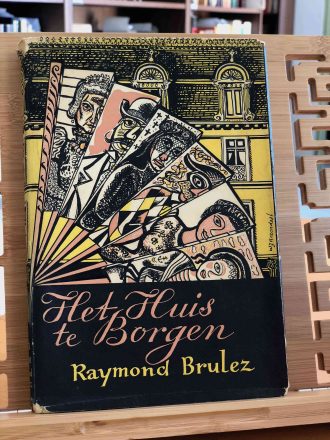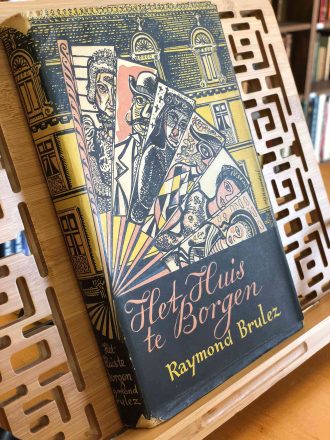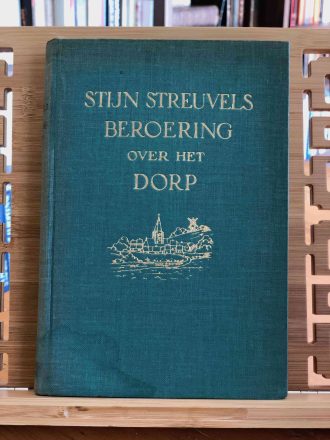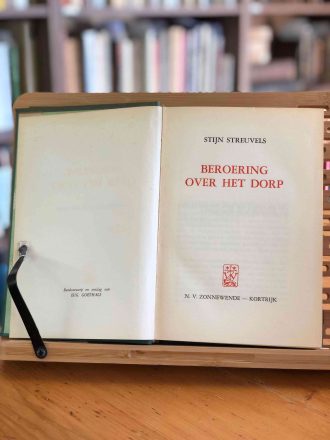Nederlands:
Monika van Paemel (1945) is een Vlaamse schrijfster bekend om haar diepgaande en complexe verkenningen van identiteit, relaties en maatschappelijke thema’s. Haar werk is vaak autobiografisch en bevat sterke vrouwelijke personages die persoonlijke en sociale conflicten aangaan.
De eerste steen is een roman waarin het hoofdpersonage May, na de dood van haar dochter, vlucht vanuit België naar Jeruzalem. Daar wordt ze opgevangen door de Nederlands-joodse Hagar en haar vriendinnen. May probeert om te gaan met haar eigen verleden en dat van haar familie, getekend door de gruwelen van de Eerste en Tweede Wereldoorlog. Ondanks haar pogingen blijft het verleden haar heden bepalen: het Jeruzalem van de late twintigste eeuw weerspiegelt een wereld waarin een vreemde per definitie de vijand is. Ook in haar nieuwe vriendschappen vindt May geen rust. De roman, waarvan inmiddels meer dan 50.000 exemplaren zijn verkocht, behandelt thema’s van ontheemding en het zoeken naar een thuis. Het Palestijns-Israëlische conflict spiegelt de waanzin van de beide wereldoorlogen en de wanhoop van een vrouw op zoek naar een thuis.
Het verhaal speelt zich af in zowel Israël als België. May, een Belgische vrouw die haar kind heeft verloren, probeert aansluiting te vinden bij vriendinnen in Jeruzalem, maar zonder succes. Terug in België kan ze ook daar niet aarden en keert ze terug naar Israël. Haar herinneringen aan het Belgische verleden, vooral haar familie, spelen een grote rol. Tegen de achtergrond van algemene problemen, vooral de tegenstelling tussen Israëli’s en Palestijnen, probeert May haar weg te vinden. De titel van het boek verwijst naar de Bijbel: “wie uwer zonder zonden is, werpe de eerste steen.” De structuur van het boek is complex door de voortdurende wisseling van tijd en plaats en de introductie van personages, waarvan de relaties tot elkaar en tot May slechts fragmentarisch worden onthuld. May’s ontreddering is goed uitgebeeld, maar op een manier die vooral literair gevormde lezers zal aanspreken.
English:
Monika van Paemel (born 1945) is a Flemish writer known for her in-depth and complex explorations of identity, relationships, and societal themes. Her work is often autobiographical, featuring strong female characters grappling with personal and social conflicts.
De eerste steen (The First Stone) is a novel where the main character, May, flees from Belgium to Jerusalem after the death of her daughter. There, she is taken in by the Dutch-Jewish Hagar and her friends. May attempts to come to terms with her own past and that of her family, marked by the horrors of the First and Second World Wars. Despite her efforts, the past continues to shape her present: late twentieth-century Jerusalem reflects a world where strangers are inherently seen as enemies. Even in her new friendships, May finds no peace. The novel, which has sold over 50,000 copies, explores themes of displacement and the search for a home. The Palestinian-Israeli conflict mirrors the madness of the world wars and the despair of a woman searching for a place to belong.
The story is set in both Israel and Belgium. May, a Belgian woman who has lost her child, tries to connect with friends in Jerusalem but fails. Back in Belgium, she still cannot find her place and returns to Israel. Her memories of the Belgian past, especially her family, play a significant role. Against the backdrop of general problems, especially the Israeli-Palestinian conflict, May tries to find her way. The title of the book refers to the Bible: “Let he who is without sin cast the first stone.” The structure of the book is complex due to the constant shifts in time and place and the introduction of characters, whose relationships to each other and to May are only revealed in fragments. May’s turmoil is well depicted, but in a way that will mainly appeal to literary readers.

